Striking Salamanca – Shooting the Holy Week with the Fuji X series
It was two years ago that I decided to face my Fuji as a working camera (and not that camera that I took when I didn’t want to carry the heavy Canon). Still, I went to test my X-E1 and the recently acquired X-T1 in a challenging situation. I decided, therefore, to spend a few days photographing the Holy Week in Salamanca. People on the move, in narrow streets, in the middle of the night… More difficult it couldn’t be for a first field test.
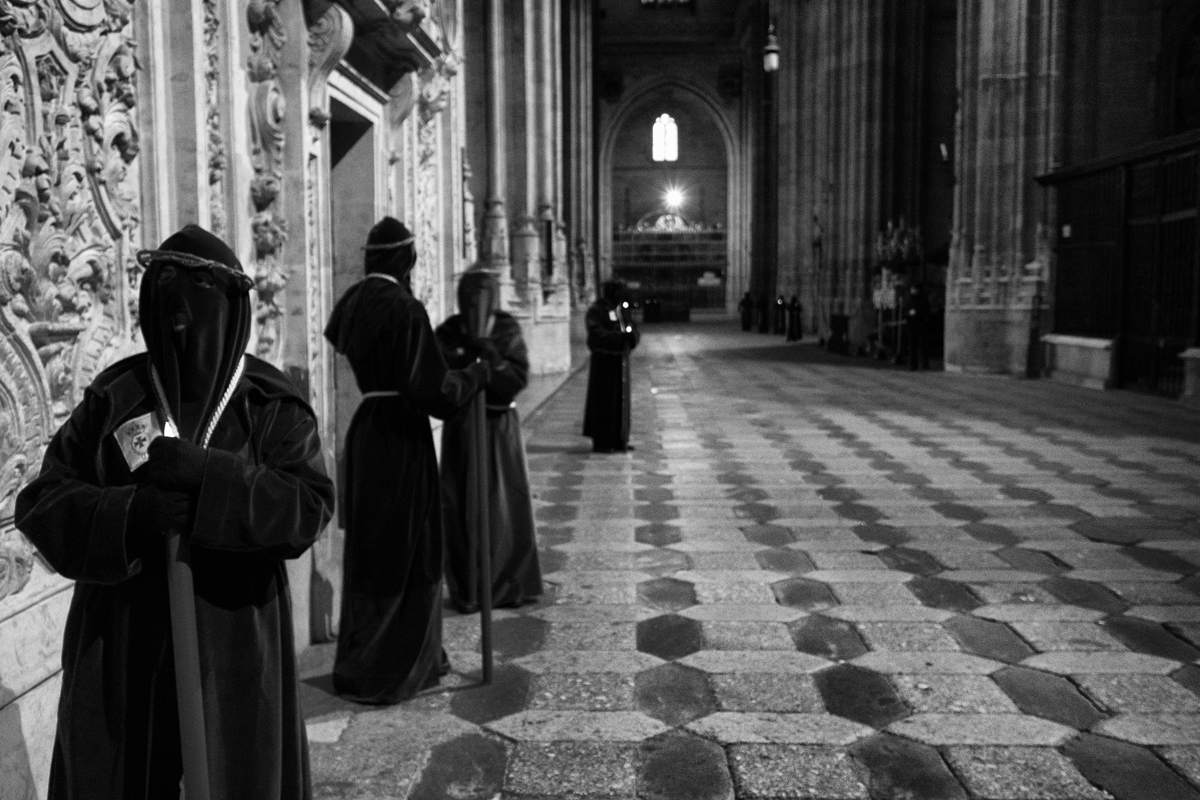

Photographing the Holy Week in Salamanca, for those who do not know to what they’re going, is a huge surprise. That easily leaves us overwhelmed. If the experience was in a distant country, it would be without any doubts called exotic and would be on any list of events not to be missed. But being “only” a century-old tradition in a European country, it does not fall on the list of priorities of many photographers. Luckily, this being my second trip to Salamanca at Easter, I knew what was ahead of me and I was able to prepare for the event. A whole week of processions from before sunrise to well after the sunset (in my case only three strenuous days). I had all kinds of light and could use multiple lenses. Anyway, the ideal conditions for a complete test.
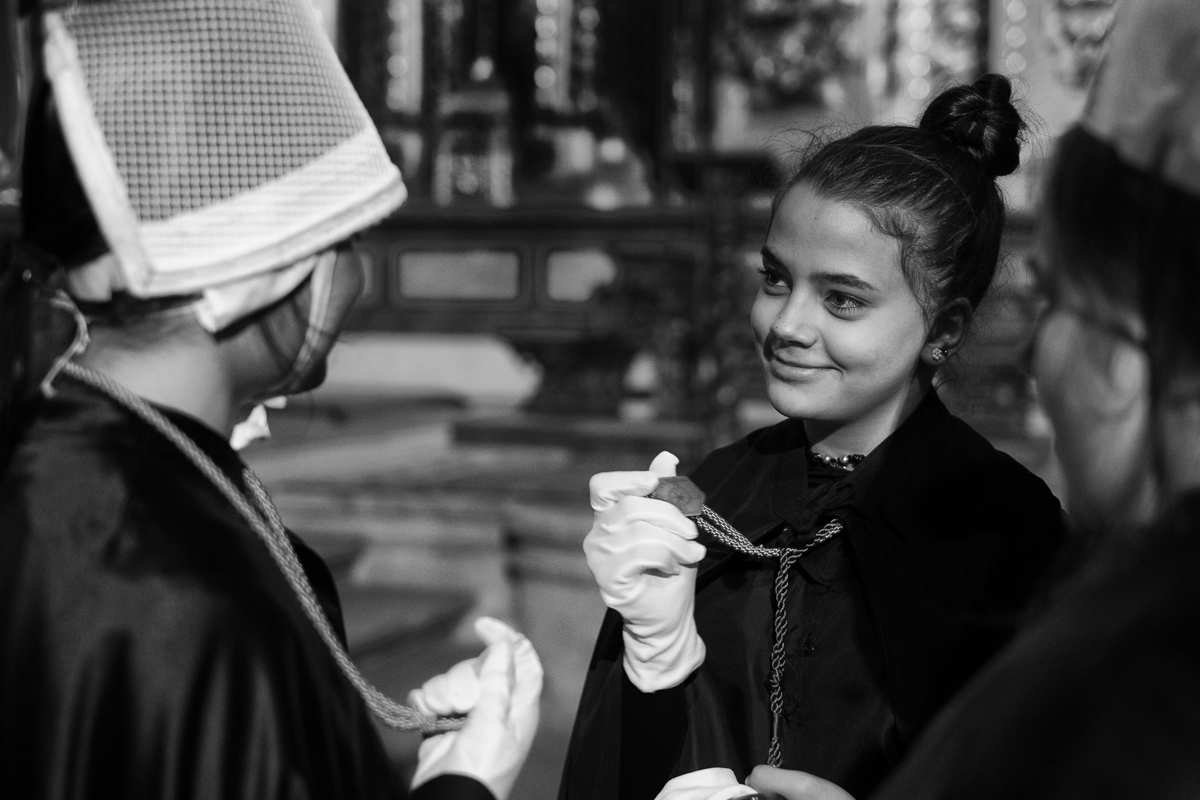
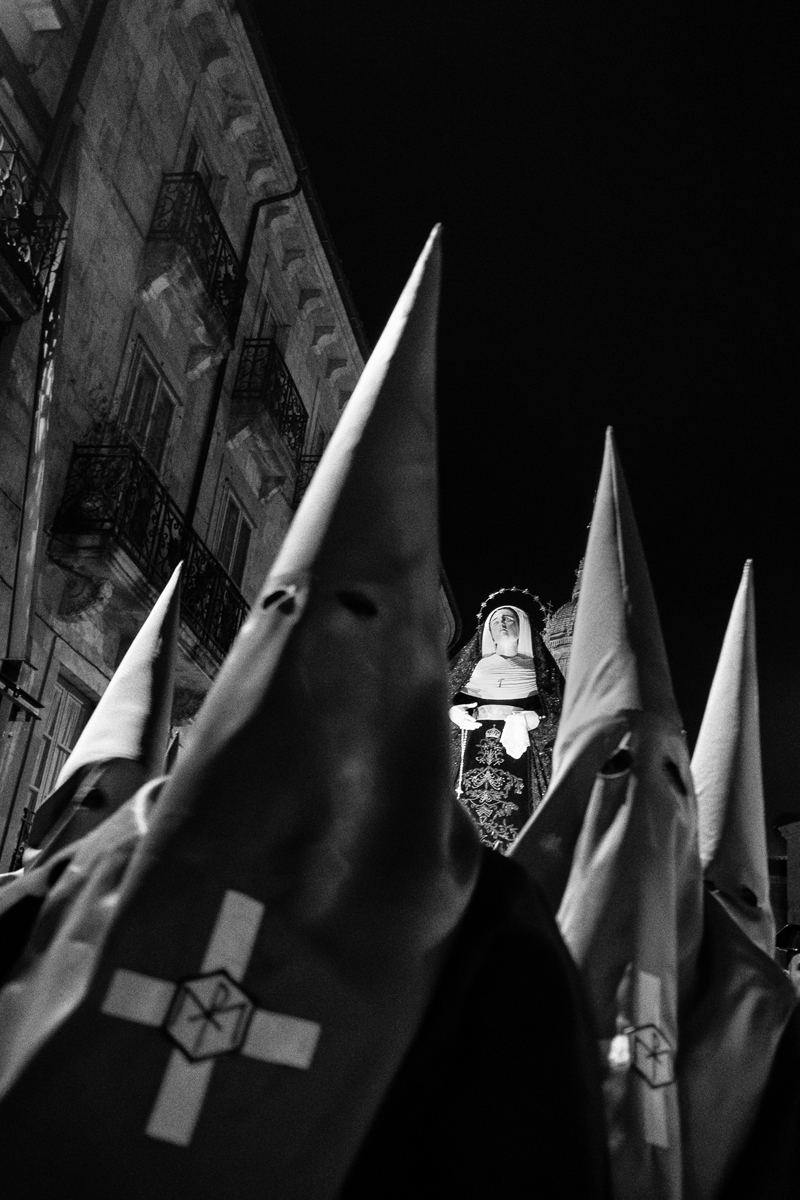
At first glance, the processions are intimidating. The faces completely covered, the solemn and medieval aspect, the funereal music, everything is scary, almost macabre, for those who see it for the first time. However, some signs show that, under this first layer, there is a tradition that is, above all, a family feast.
Spain “closes” during the Holy Week. The Spaniards leave the big cities and return home. We see the father with the child in his lap, the grandfather who carries the grandchild by the hand, the mother who pushes the baby’s cart. Everyone at a party that is an opportunity for family reunion, where, at least once a year, everyone is reunited.
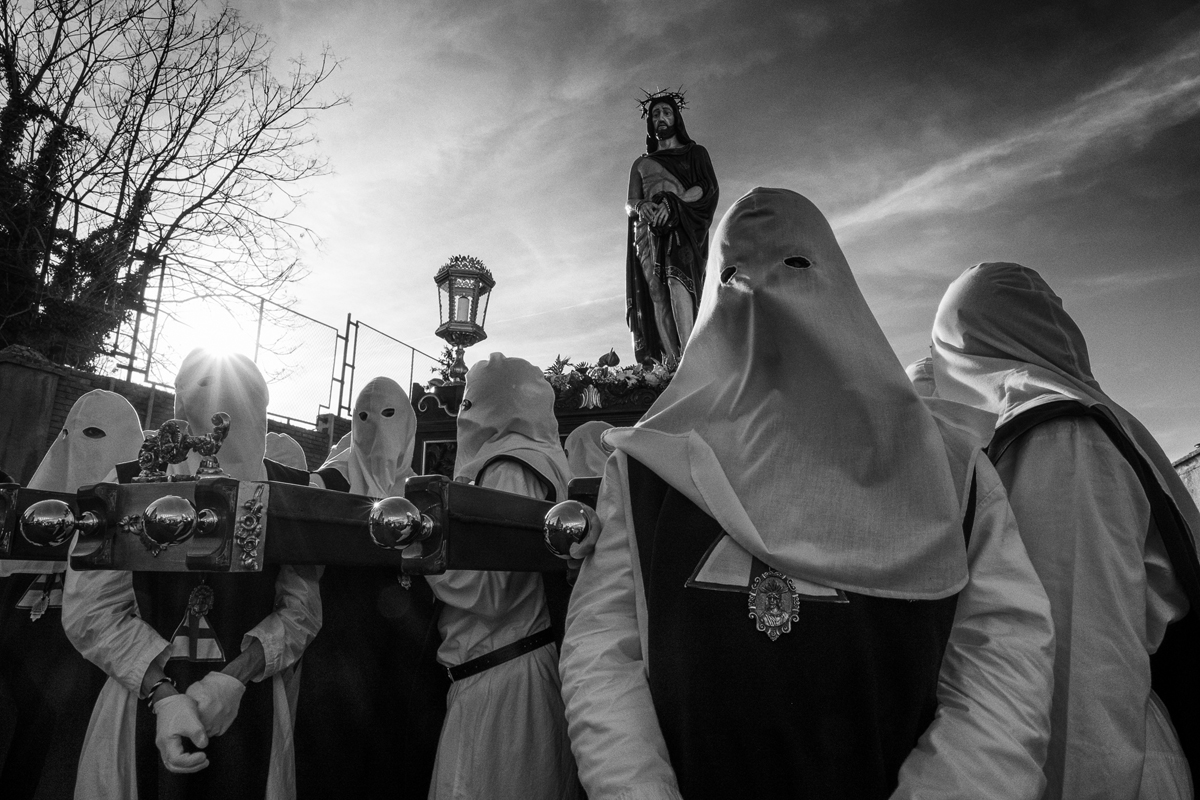
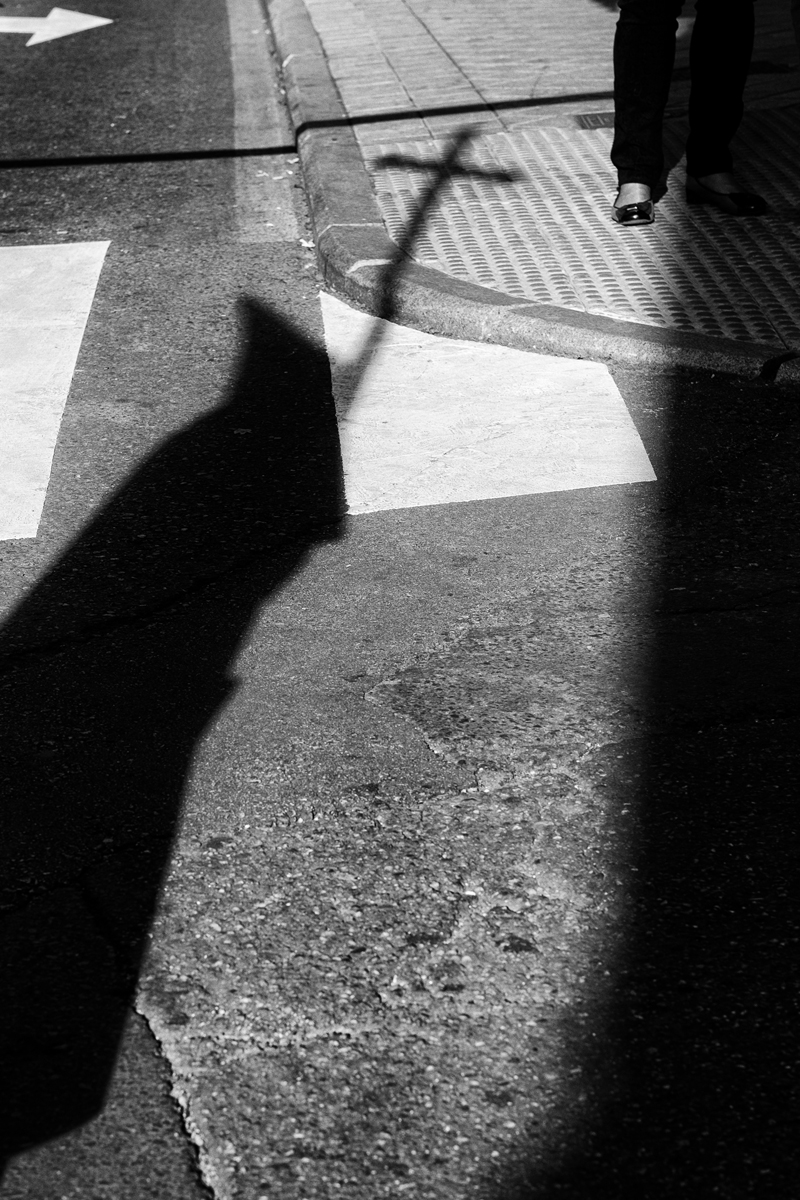
But back to the cameras. Of course, with the X-E1 (one of the first cameras in the X series), I had some difficulty focusing. At night it would be impossible to work if I didn’t use fixed focal lenses, with wider aperture (or manual focusing). On the other hand, after fixing the focus, it was much more precise than a reflex.
I confess that, still with some fear of not being able to nail the pictures with the Fujis, I took the Canon in my backpack and used it on one of the nights, and I didn’t feel it as quick to focus at night as the X-T1. It’s possible that some of these photos have been made with the Canon?

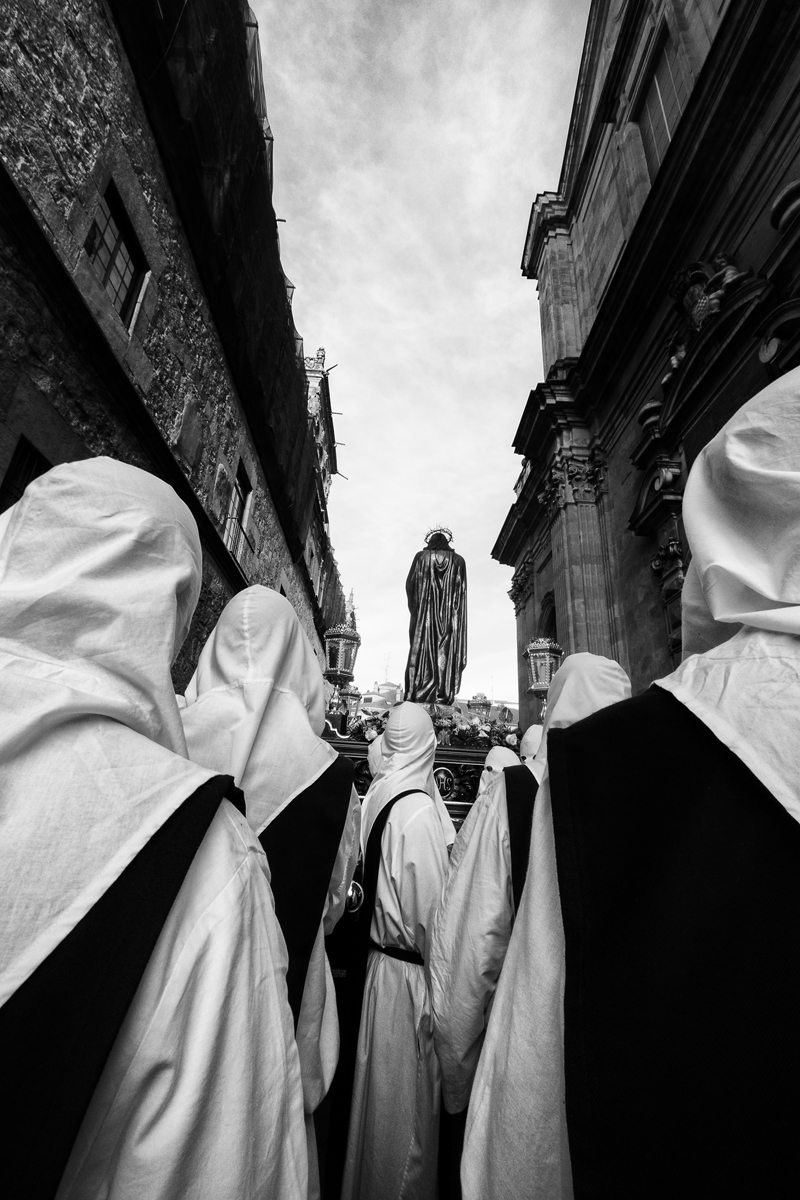
So what about the X-T1? I was absolutely amazed. Quickly my fingers were already working for themselves. Getting the head busy only with the aesthetic options. Unlike many people, I am a fan of the electronic viewfinder which immediately gives an idea of the exposure and depth of field of the photo. And the electronic shutter (at speeds previously unimaginable) was very useful to use the 56mm wide open. It was the camera I needed to make the jump and create a lightweight compact kit, of the highest quality that would allow me to travel comfortably.
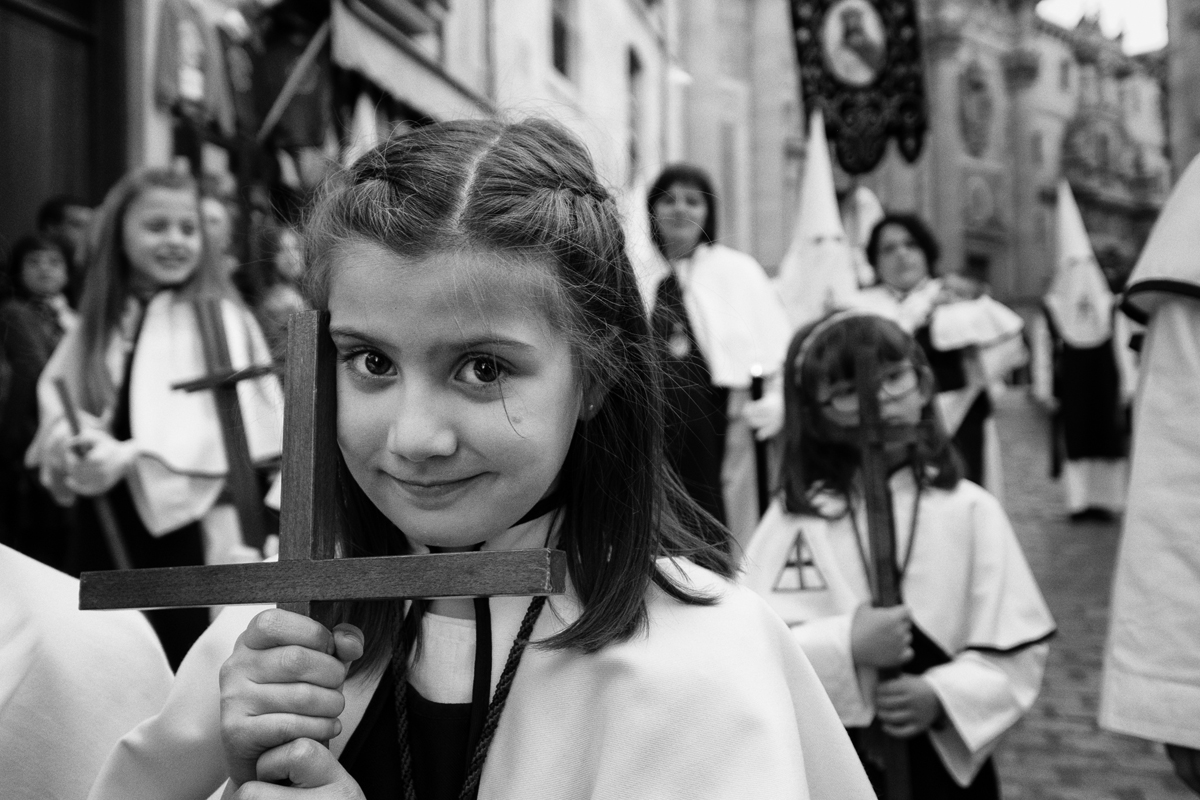

So, why come up with these photos now? When I returned home I edited some photographs. I did the usual pixel peeping. But I decided to leave the photographs to mature until I found a common look that could turn them into a series. Earlier this year, with the detachment that only time gives us, I picked up the photos and chose this set.
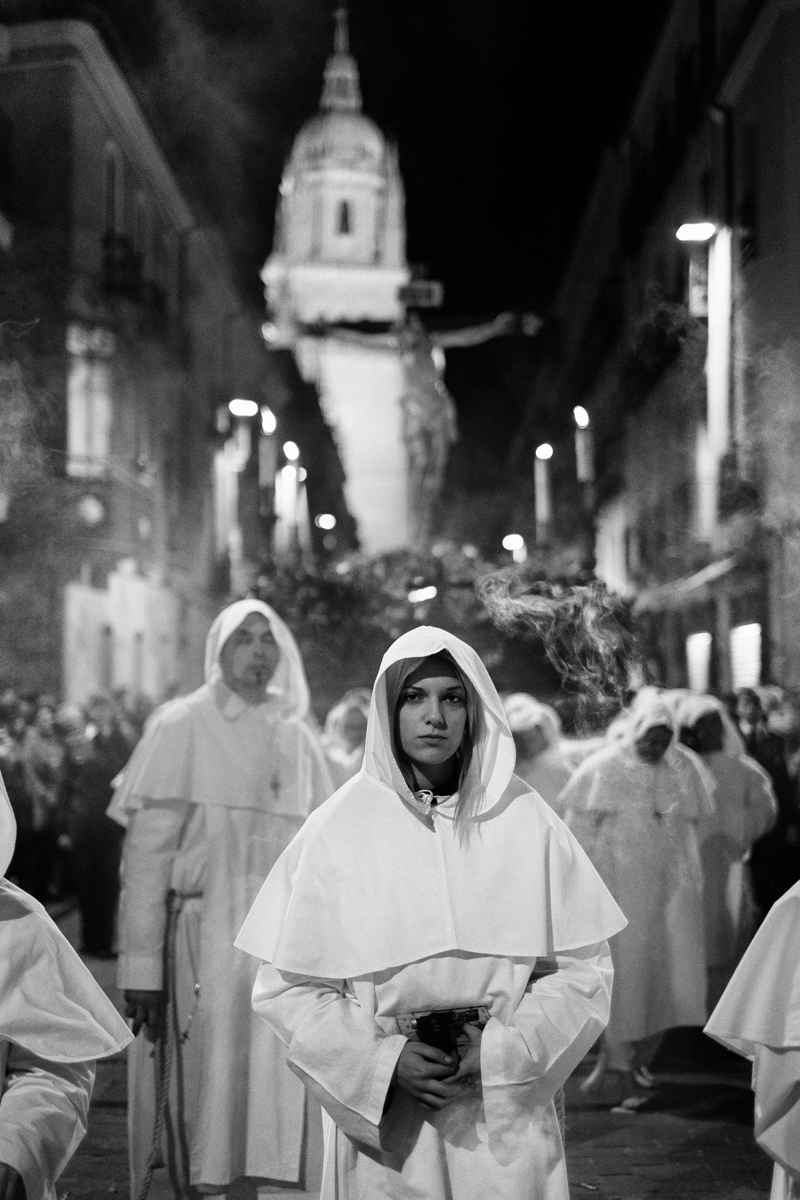
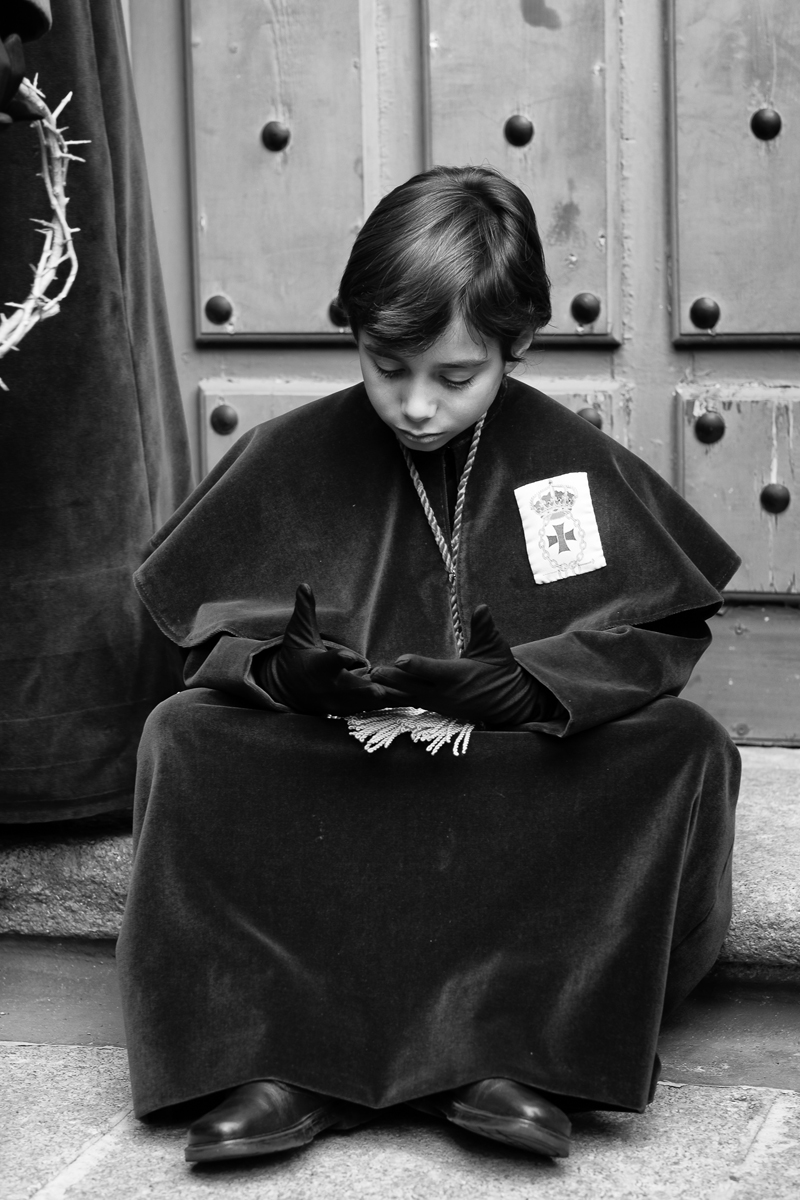
Conclusions
There are no perfect cameras. The sooner we pass the “needing” phase for new equipment, the sooner we start doing a good job with the one we have on our hands. I must say that I am, above all, a great fan of the optical quality of Fuji lenses. I think what’s ahead of the sensor is so much more important than everything else. And here Fuji is the best.
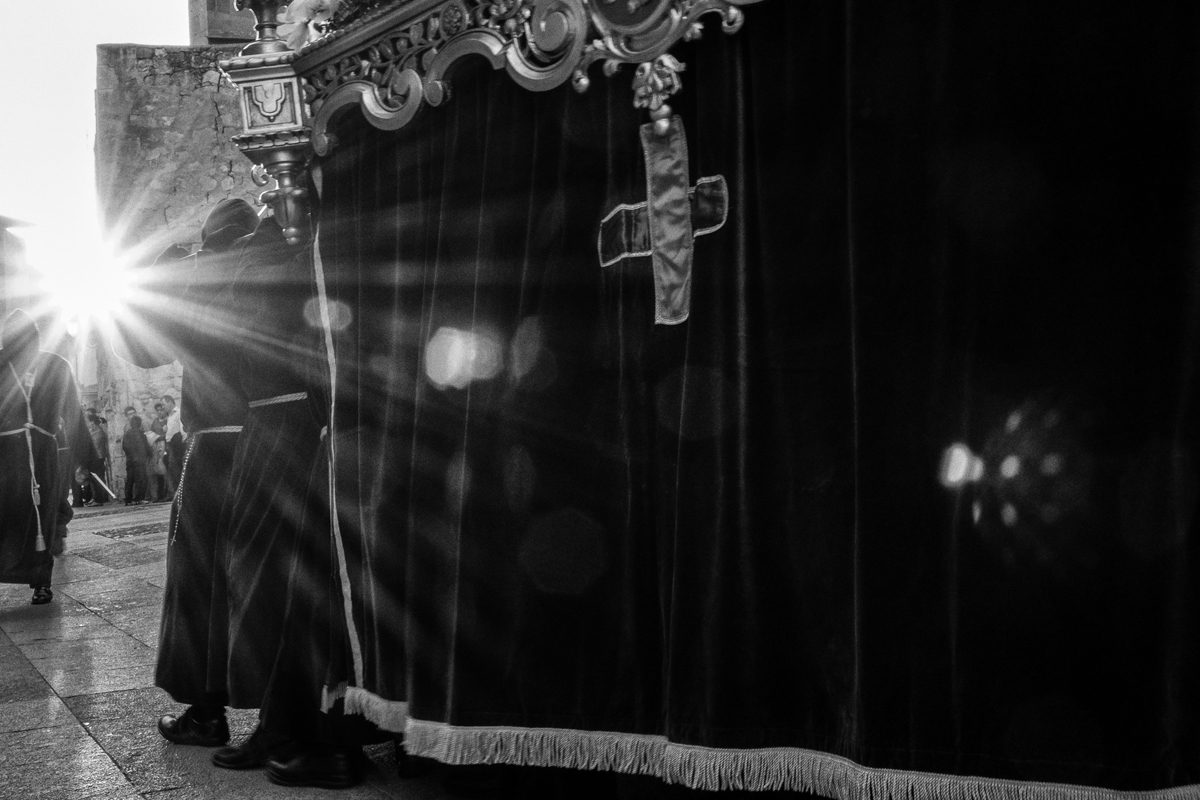
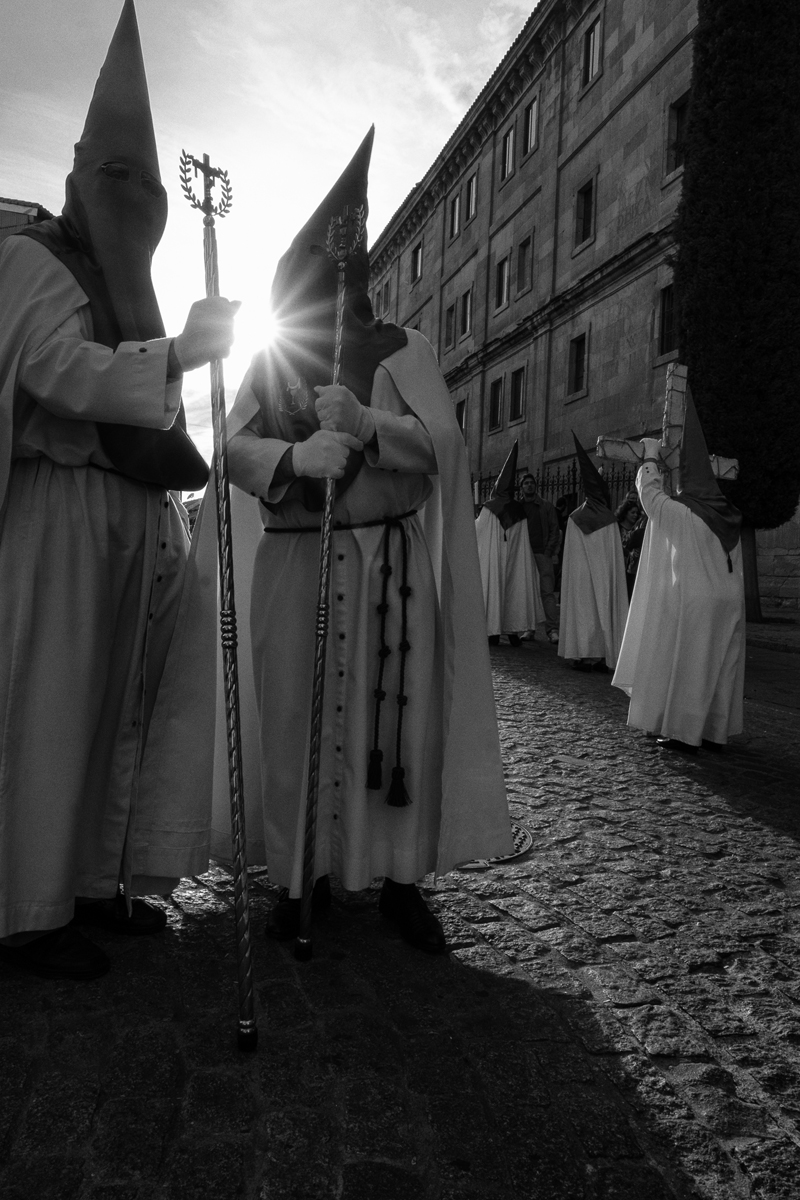
I believe in traveling light and in passing as unnoticed as possible. In this, Fuji brought me to new levels of lightness. And I continue to make an effort, to travel with the smallest possible amount of gadgets and things. Two bodies and three lenses (maximum four) is my goal for the long trip kit. For a family weekend I get a camera with a 23mm f2. And I have done so in the past two years for more than ten countries.
Above all, for those who want to make travel photography, more than investing in the best and latest equipment is necessary to invest in going out. So I have not yet upgraded to the X-T2.
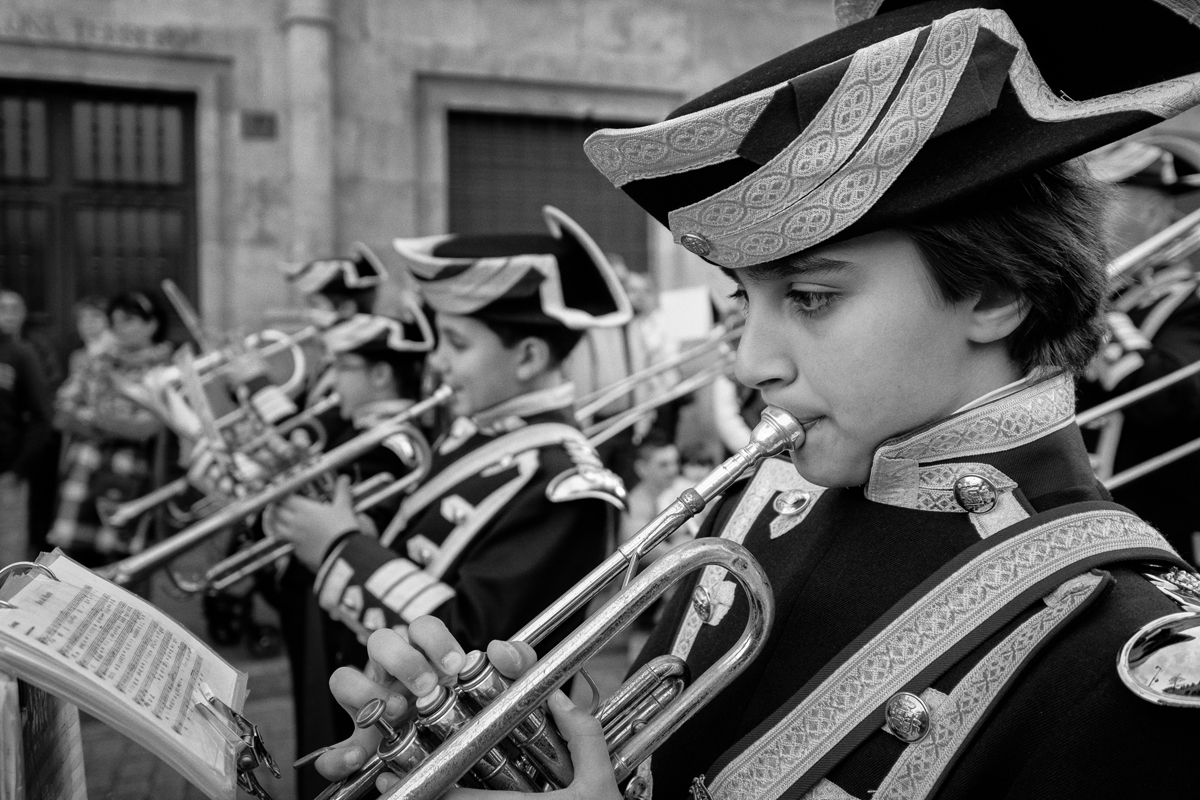
Support us by shopping at Amazon. Thanks.
[easyazon_link identifier=”B00HYAL88W” locale=”US” tag=”mhmedia07-20″]Fuji X-T1[/easyazon_link] [easyazon_link identifier=”B0092MD5V8″ locale=”US” tag=”mhmedia07-20″]Fuji X-E1[/easyazon_link] [easyazon_link identifier=”B01I3LNMAM” locale=”US” tag=”mhmedia07-20″]Fuji X-T2[/easyazon_link] [easyazon_link identifier=”B016S28I4S” locale=”US” tag=”mhmedia07-20″]Fuji XF35mmF2[/easyazon_link] [easyazon_link identifier=”B006UL00R6″ locale=”US” tag=”mhmedia07-20″]Fuji XF35mmF1.4[/easyazon_link] [easyazon_link identifier=”B00HK8Z9AG” locale=”US” tag=”mhmedia07-20″]Fuji XF56mmF1.2[/easyazon_link] [easyazon_link identifier=”B00FPKDPF2″ locale=”US” tag=”mhmedia07-20″]Fuji XF10-24mmF4[/easyazon_link]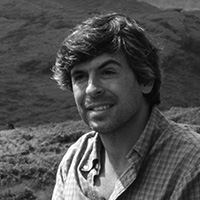
Fernando C. da Silva is a photographer and addicted traveller from Portugal. He returns home with disks full of photos and full notebooks. But most of all with experiences and memories that will last forever.
When traveling, most people look for monuments and landscapes. Even though, they are also on my travel plans they are mere visual experiences. Yet a good traveller knows that traveling is, most of all, meeting people and their way of life, and therefore, their culture. By sharing my experiences I try to reflect this on my photographic work. It can be about a local event or just small local shop. But it’s always about what makes the living world.

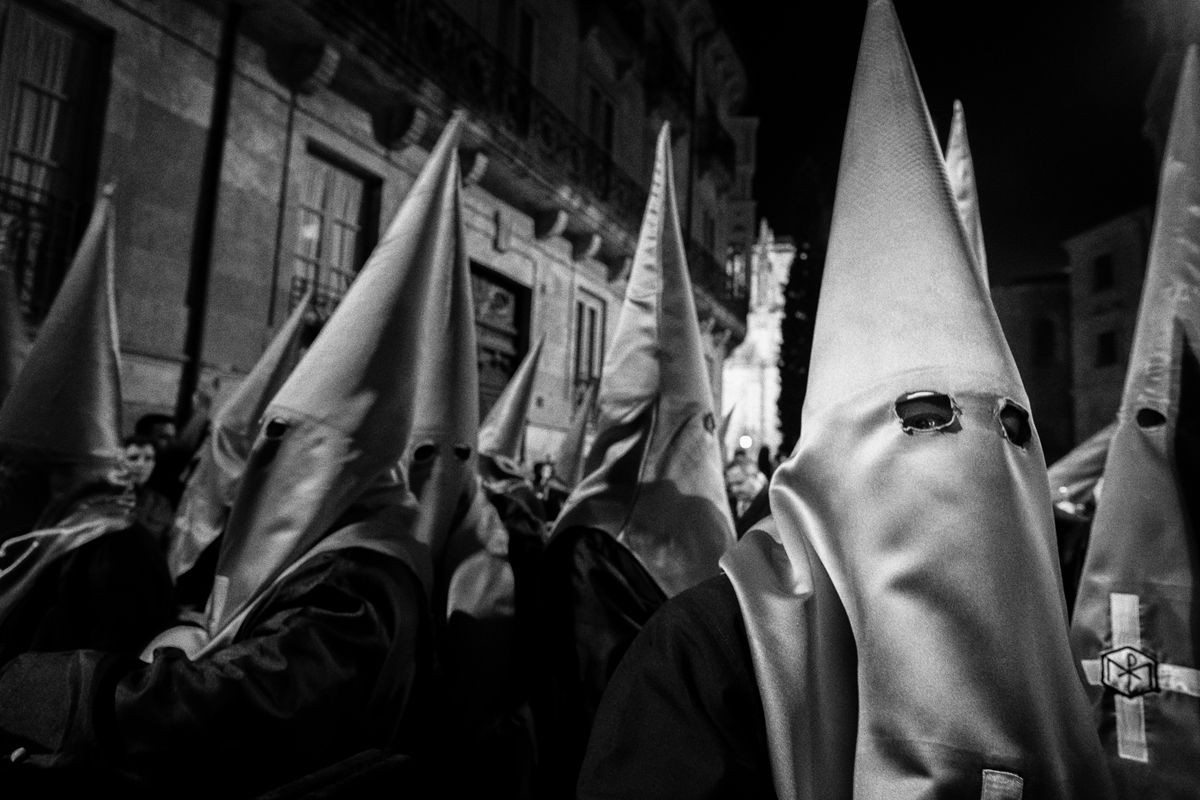

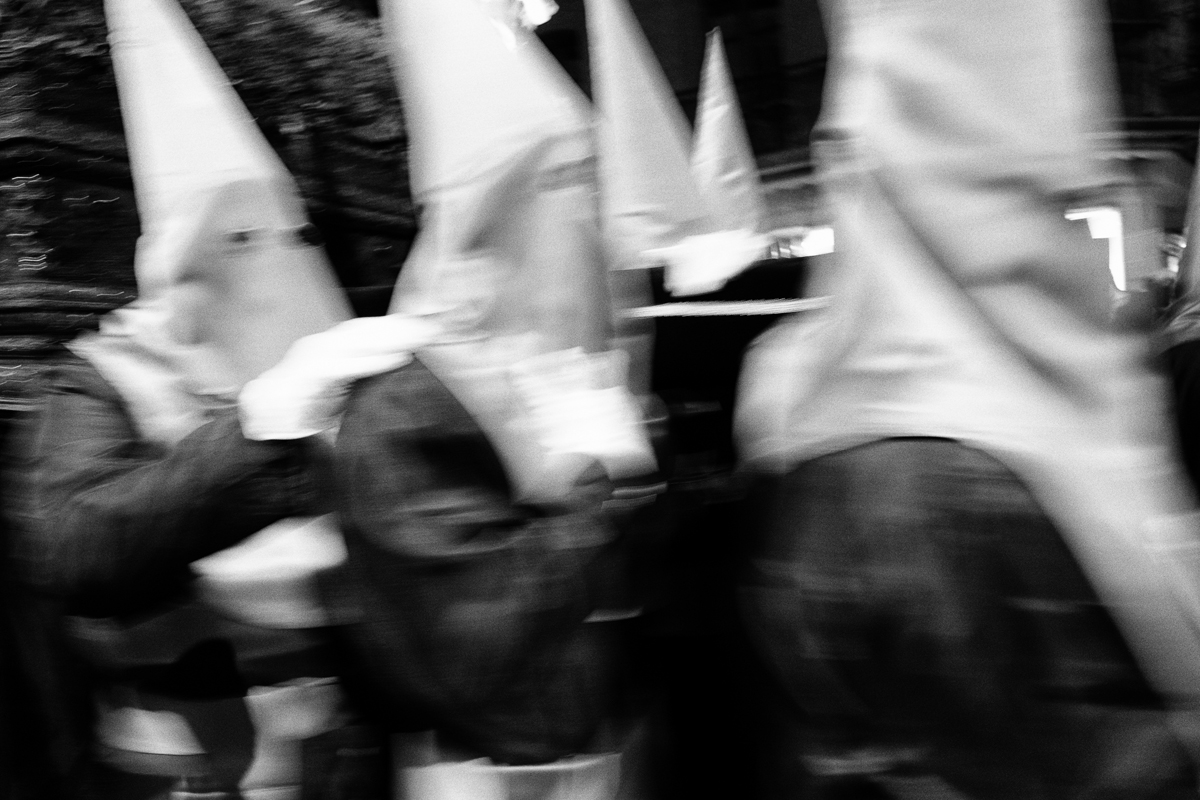




Leighton
June 23, 2017 @ 5:01 pm
Outstanding work. The girl in the white robe taken with the 35/1.4 has to be my favorite. Well done.